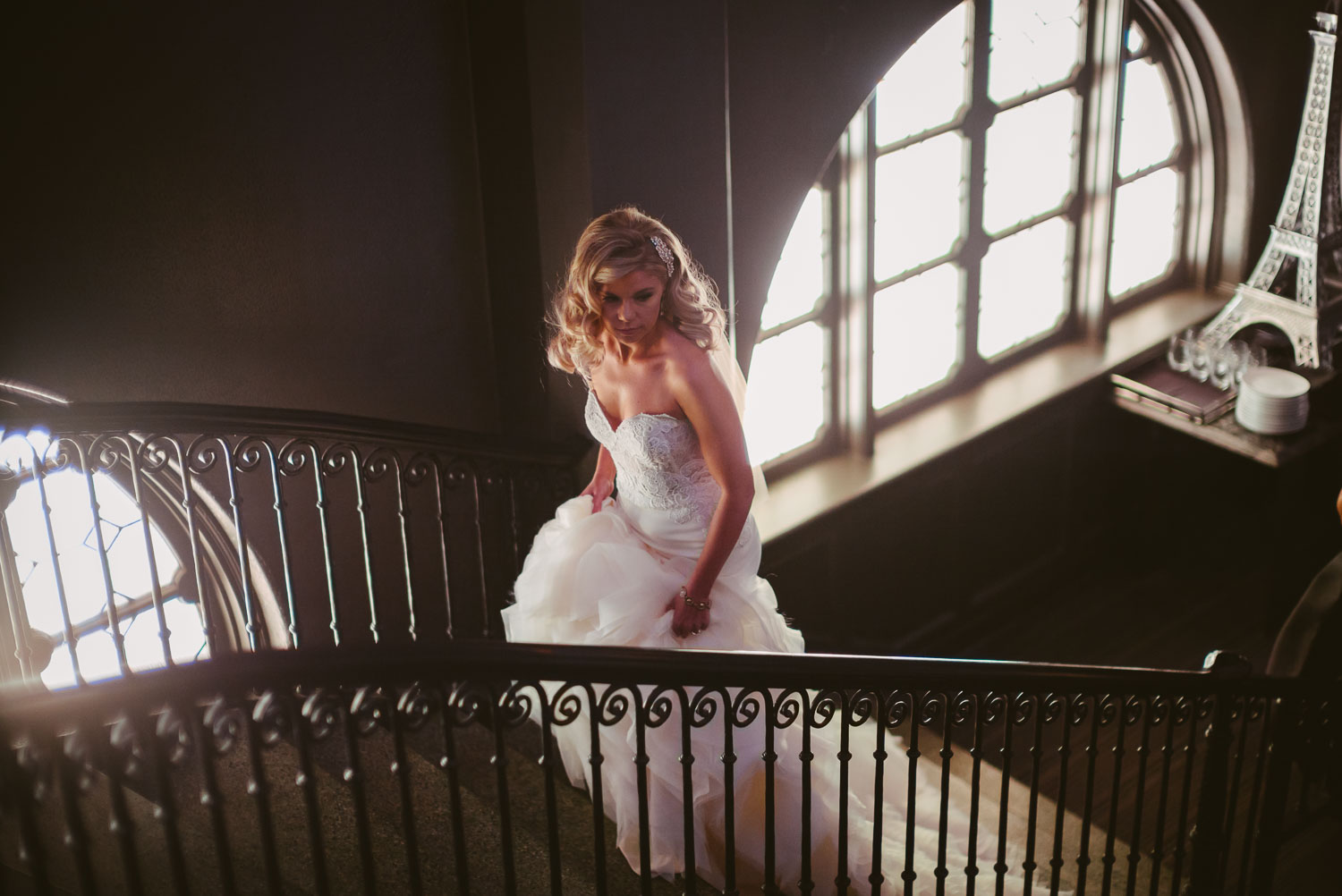
Why I shoot the Leica M10 and Noctilux 50mm f/0.95 for Weddings
By Phillip Thomas – His website is HERE
Hi Steve,
Thanks for the opportunity to write to you. There’s a lot of hype about this lens so I thought I would address why I use it for all of my weddings. In fact, I use it more than any other lens.
Just to provide a little background about myself, every year I challenge myself to master a perspective; so, over the last year, I have used the Leica Noctilux 50mm. As a wedding photographer, my style and philosophy of shooting are always about using available light, documenting couples as unobtrusively as possible, anticipating moments while using geometry and the skills of a photojournalist to capture the gamut of human emotions.
I used Nikon gear for over twenty years before picking up the Leica M9 as a fun experiment. I admit, initially, I was filled with excitement as I had in my hands a piece of Leica heritage, a rangefinder used by many of the worlds most famous photographers. Gradually, as the newness of the equipment wore off, the camera became an extension of myself.
Presently, I use Leica gear for all of my wedding and personal projects. I purchased the Noctilux used but in good condition.
So, what makes this lens special? Stating the obvious, the ability for the lens to capture at f0.95, an extra stop or two over any other lens creates this gorgeous quality of a frame or BOKEH (the tasteful quality of the blur produced in the out-of-focus parts of an image). My prime reason for using the lens is that it’s great when working in low light, which is a situation I find myself a lot in at weddings. However, when it comes to reviewing the files, it’s not necessarily the speed that makes it so amazing; it’s the narrow depth of field delivering an almost 3-D look to the images, with smooth buttery, almost painterly bokeh. Not only that, but the Noctilux is incredibly sharp when nailing focus. Initially, the focusing is a little stiff, at least on my copy, but soon loosened up considerably. It takes practice and some time to focus on moving targets, and full concentration is needed to get sharp images. But the rewards are sublime.
What helps when using a rangefinder is, there’s no blackout unlike an SLR with the mirror slap. I can also use the shutter speed a couple of stops slower than I would normally with an SLR without fear of camera movement creeping in. This lens gets beaten ever so slightly against my Summicron 50mm concerning contrast and sharpness, but handily beats my Summilux 35mm in low light. Yes, you could offer the easy argument that cameras can photograph in poor or little light utilizing high ISO’s versus a lens like the Noctilux. But that is not how I see it. The rendering is just sublime.
In fact, over the last year, this is now my go to lens for wedding events. It’s not an everyday shooting lens, primarily because of the weight. All that extra glass adds many grams to your shoulder. I used the 50mm summicron as my go to day-to-day lens. With the Leica M10, I can now assuredly use an ISO 12,500 with the Noctulux 50mm without fear of banding issues that I’ve experienced with the M240s. If you use Sony A7 or A9, then the excellent news is that you can use Leica M lenses with an adaptor. Some of my Sony friends prefer this combo, as the Sony is easier to handle and more balanced. Still, back to the Leica M10, Leica offers an accessory that helps those with less than 20/20 vision- the Leica Visoflex (Typ 020) Electronic Viewfinder.
All the images captured in 2017 with the Leica M(240) and an M10. Thanks for reading.
Philip Thomas is a photographer in San Antonio, Texas.


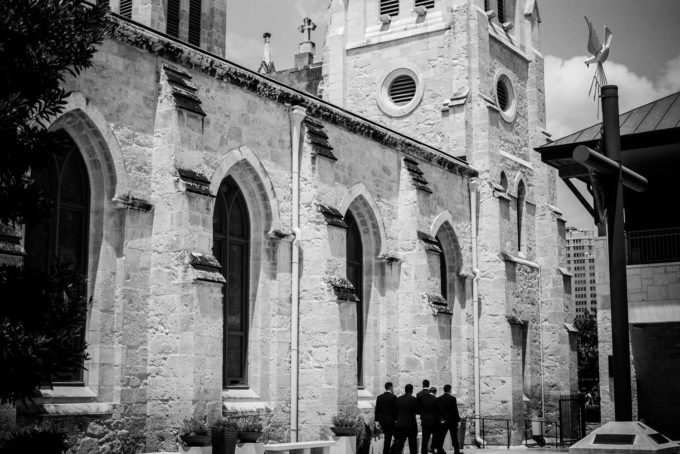

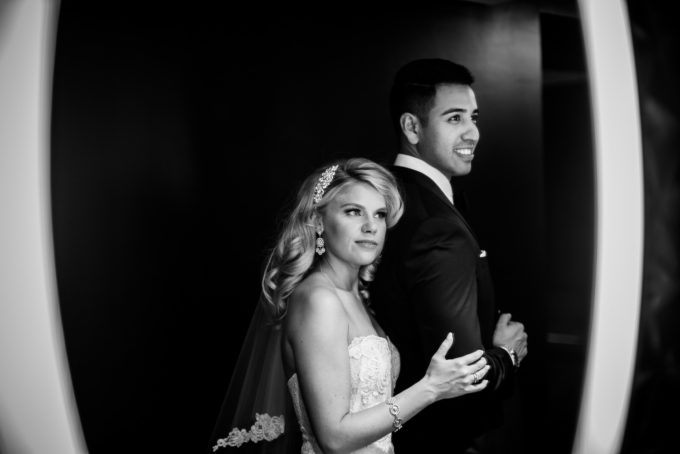


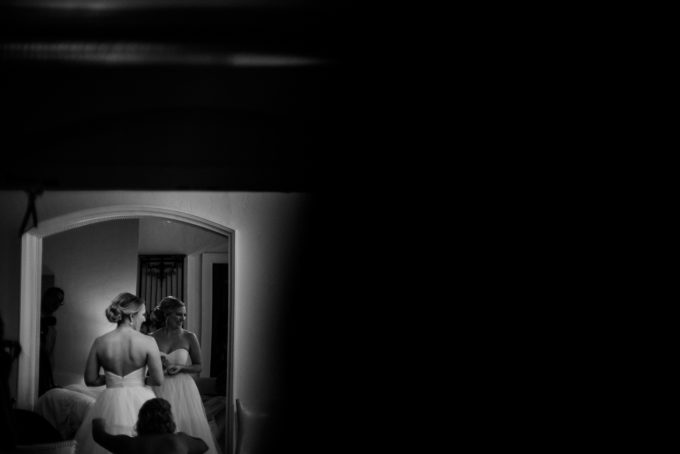
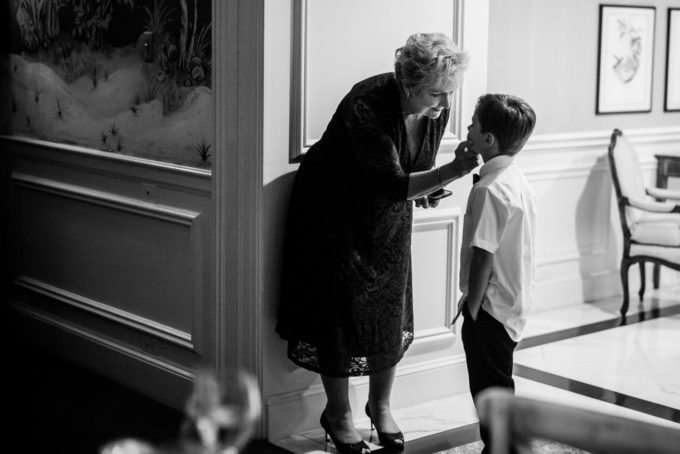
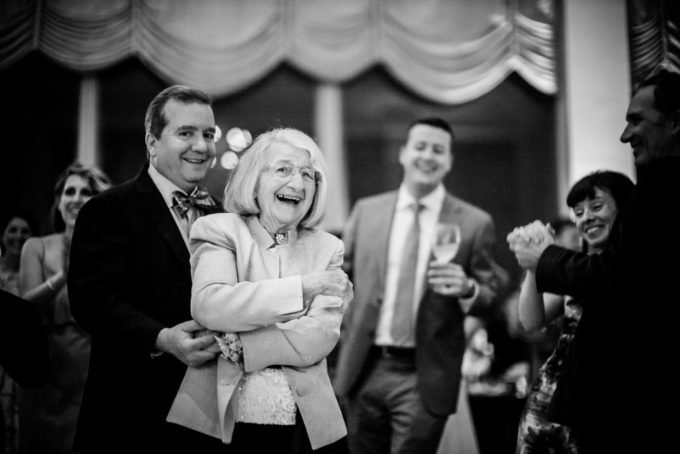

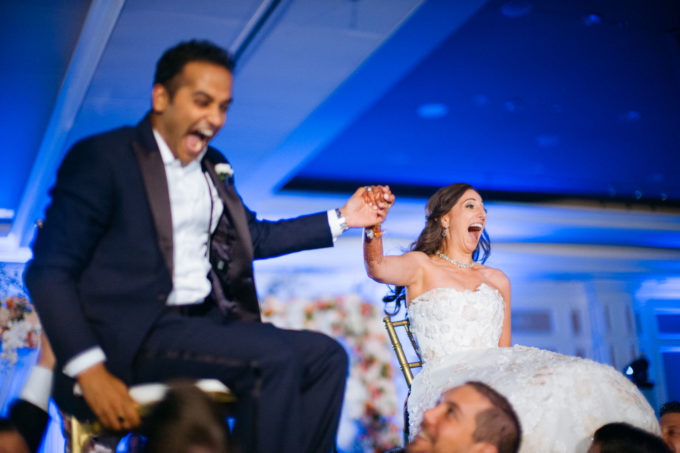

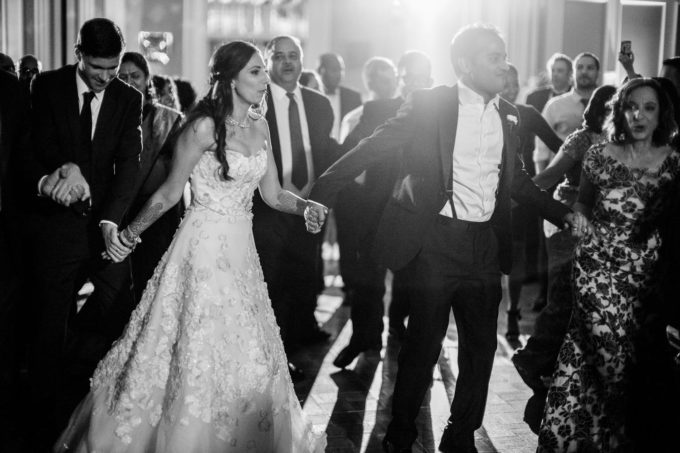
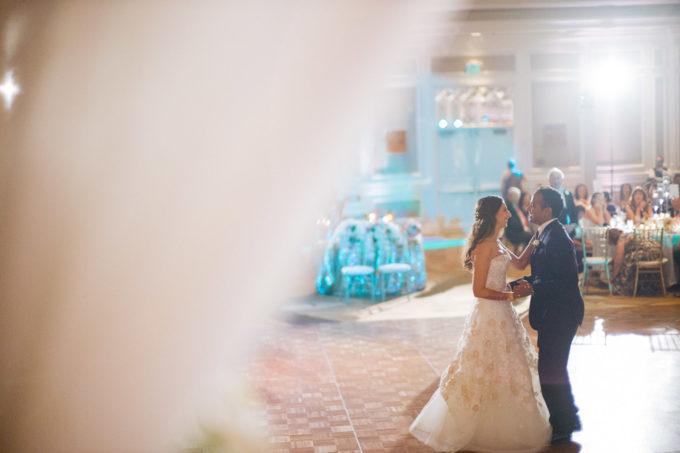


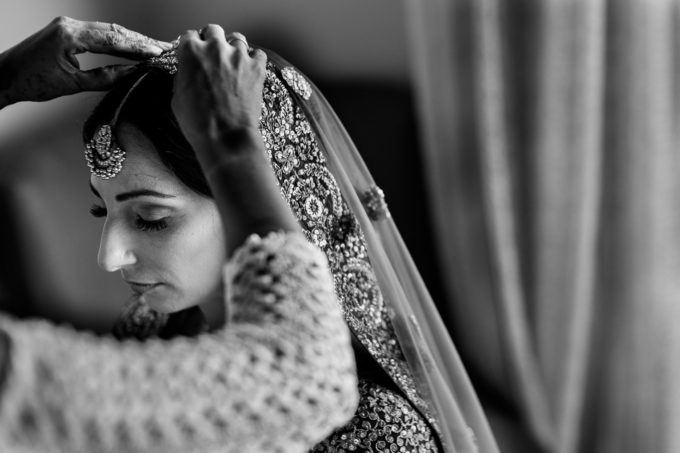
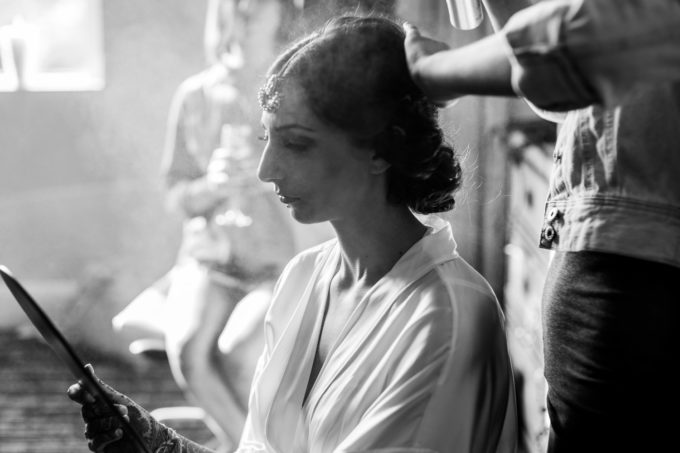
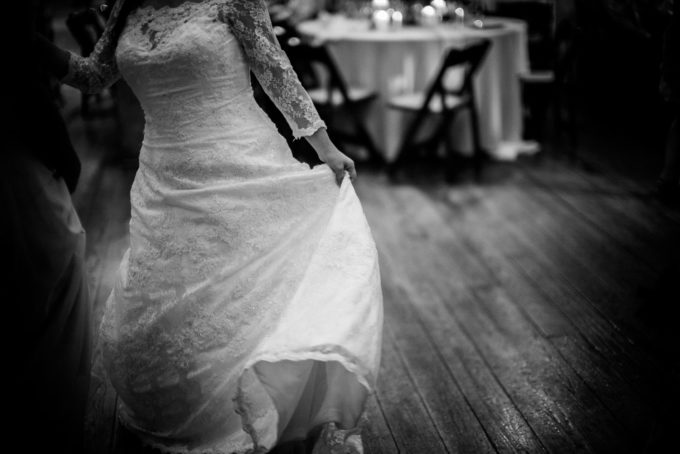





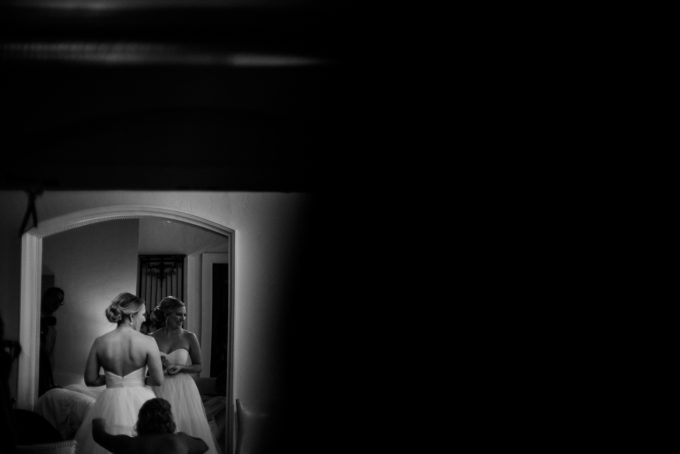






Beautiful pictures. In my eyes they combine the technology of today with the classic lighting and mood of Rembrandt.
Thank you.
Hi great shots, did you use the Visoflex or just rely on the rangefinder?
Hi Tom,
Thanks. Rangefinder window only.
Sublime, indeed. Excellent photos…I love your style, and agree with others that you must be in high demand as a wedding photographer.
Just curious, did you get a good price on the lens buying it used?? I would love to have this lens, but it is far beyond most photographer’s budget…
Thanks for your kind words. As good a price as you can for a used Noc. Purchased via Fred Miranda.
I wonder how large is the market for professional wedding photography at this level, in terms of intersection (set theory…) between clients who apprechiate and who can afford?
Its HUGE. Has been for a long time. It’s more challenging today to get into, but there are wedding pros making amazing money today.
A brilliant set of images. Well done.
Good use of RFDR and Hi-speed lenses like 0.95.
Personally I have reservations using this combo.
I shot on a Digital M, more than 50% were badly out of focus.
I understand the problem now. I have used Noctilux in past.
I was allowed use of Prototype f1.2 or f1.00.
I owned a Canon 50mm f1.2 which also does crazy Bokeh.
It was never as sharp as a Noctilux. Pricewise easily affordable!
Having cameras “dedicated” to a lens does not give me confidence.
Weddings are one time exposure! Rather use a DSLR budget model in pairs..
My M3 is 50years in pro and now amateur service.
Many thanks to Steve Huff for this(my favorite blog).
Wonderful work! And above all else, you’ve captured the emotion and beauty of the event, the true essence of great wedding photography. Bravo!
Thank you, Price.
One lens, one camera. That is all that is needed and this shows.
I have the same approach. But mine is Noctilux on the M240.
I think these images are superb -you must be a very sought after wedding shooter !
While I love available light I also love flash used sparingly off camera -bounce plus modifiers can give that party look !
Of course for the ceremony and romantic portraits available light is what is needed .
Wonderful work thanks for posting.
Thank you, Fergus. I rarely use flash during a wedding day, only for groups. I find it too intrusive.
amazing atmosphere! A pleasure to look at. You capture magic moments with wonderful composition.
Thank you, Brian.
Beautiful images. If I at to pick one, I would go for the maids under the tree too!
I asume that the one with the couple in front of the stage with the musicians in the background was taken with the M240, right?
Yes, that is my personal favorite too. Yes, that particular image was the M240.
Beautiful shot, well done. I really love how you use the shallow DOF to highlight the important subject.
Hello Philip,
Putting the wonderful images aside a minute, I think you are a great example of a photographer who not only has an ethos that fits with what you do but I feel that through practice and of course 20+ years of photography you have become at one with your Leica setup I say this because everything is manual and the thought process is different you approach each image differently too.
The reason I say this is because after many years of photography I drifted into Leica Lens firstly adapted to my Sony A7, then over a year ago this became the Leica SL with 4 M Lenses, I only shoot manual now hence my comment above. As a side note, I wrote a review on LinkedIn about shooting a wedding in Florence with the SL http://ow.ly/9sup30eYqW0 in my case I found that 80% of my images were taken with the 35 f1.4 FLE, I think it’s just a wonderful lens to work with.
Philip keep up your great work and passion.
Adrian (UK)
Adrian, Thank you for commenting and your kind remarks.
At first I didn’t like much of what I saw. But when I read all the good reactions and decided to take another look ****and clicking on them so they showed at bigger res**** and boy was I wrong!
Beautiful images. Thanks for sharing.
Lovely pictures, well done . I too use an M10 and Noctilux. But there is a problem , which seldom gets mentioned when using fast Leitz glass, which is the collimation of camera and lens. This was less of a problem in film days , but is more critical with digital sensors. Newish Leica lenses seem to have good collimation with new cameras, but not always. My Noctilux is ‘OKish’, my 50mm Summilux is a hair off, but my F2 Summicron Apo asph is spot on. Older lenses are tricky . My 90mm Summicron (last model) is way off as is my 75 Summilux. The idea that you can use nearly every Leica RF lens ever made is theoretically true but not always practically true. One way to solve this is to send camera and lens back to Leica, this will cost somewhere between £200 and £300 and up to a 6 week wait. When they come back they will be perfectly mated to your camera, but may be not perfectly mated to any other Leica body you have; a Monochrome maybe. Lenses that are off , can be focused accurately with the EVF, but that negates the delights of a rangefinder. The best camera for focusing a Noctilux, or old Leica glass is a Leica 601, but I sold mine as it did not have the haptic joys of an M rangefinder. This issue can also apply to brand new lenses, all I am saying is check ’em out, before leaving the shop. The collimation issue is a pain when you get soft instead of sharp, its where 50s focus tech meets 21st century sensor tech and it doesn’t always work. Ken Rockwell is one of the few to have made the point that the Leica lenses are only as good as their collimation, and on this he is right. It will be interesting to see how the rumoured F1.25 75mm Noctilux will cope. That said these picutres by Phillip Thomas shows what beauty can be wrought when all is aligned.
Hi Adam – Thank you for leaving a comment and I appreciate your kindness. So far, with the M240 and M10 I’ve had no issues as you mention. The M9 was different and I tweaked that to the 35mm lux, recalibrating every year.
Thank you for sharing this pictures.
I agree with you’re setup (i use the Summilux and the Noctilux both in the pre asph Version).
The flexibility you get with the Noctilux makes only sense if the right Person is behind the Kamera. (Thats your case)
Jürgen
Nothing new…just repeating already said
I’m sold!
Yr images are just breathtaking and the Leicas helped alot in conveying the mood especially the running brides!
beautiful images, challenging with that thin DOF Im’ sure
Love your style. Staged stiff photos are of little interest to me. Your shots convey the feeling that a real event is taking place. A fast lens is appropriate.
Oh wow! This is approaching the most inspirational post I’ve ever seen! Your photos have a wonderful “look” to them. You captured the moment in every one and I’m sure your clients are utterly thrilled. Some are technically soft in too many places (I can hear the purist “wall shooters” sniffing at them already). But who cares? The people involved only want memories. Your pictures will recall them at a glance! They don’t care about technical aspects – it’s all about impact and “those moments”…
Not to say you haven’t nailed the “technicals” in places too. The third shot, with the bridesmaids(?) under the tree, is to die for! I hate you… 🙂
Beats – Thank you for taking the time to write a comment. I agree with you. Images don’t have to be perfect by any means. In my opinion, emotion trumps along with geometry and design.
Bravo.. ability to avoid bloody flash distraction and mood spoiler is key. Just curious with ‘240 how high ISO did you feel confident with Nocti? I have same combo and plus 35 FLE. The reason I ask my son married last week and albeit as father of the groom placed great limitations of being able to use my gear– I did sneak a few opportunities. Did you preposition yourself for shots and zone focus trying to shoot wide open on C? Clearly moving subjects when at 0.95 is a challenge to hit focus. But I agree the results CAN be magical and no DSLR can produce I wonder if using an SL with Nocti would be better for quality and ease of focus? I have not tried M10 but gather that it is easier to focus than 240 but I am not ready to part of my 240 just yet. Quality always trumps quantity. Thanks for sharing
Thanks for leaving your comment. Yes, up to about 3200 ISO but like most low light scenarios, it still has to be good light and result in a spot on exposure. I’ve also pushed to 6400 on the M240 too. As for when to shoot, I’m patient and will let the subject come into the right light I’m looking for, designing the image with geometry in mind. If that makes any sense.
formidable
Absolutely stunning images. My M 240 is gathering dust for reason you have mentioned already, the ease of use with DSLR. Your work is inspiring and I have to re-think. Thank you for sharing.
I just wondered if you could on occasion use a bit more depth of field?
Beautiful work!
Beautiful photos and I totally agree on your photo philosophy. Great work.
Thank you, David.
Very nice photos. I loved your slightly under exposed shots. As for the 50 nocti I could never shoot with it as it it too heavy. With this camera iso ability I believe you can get along fine with the lux or cron.
Yes, all available light. No flash.
Fabulous photos! What a magical lens! Are most taken with available light?